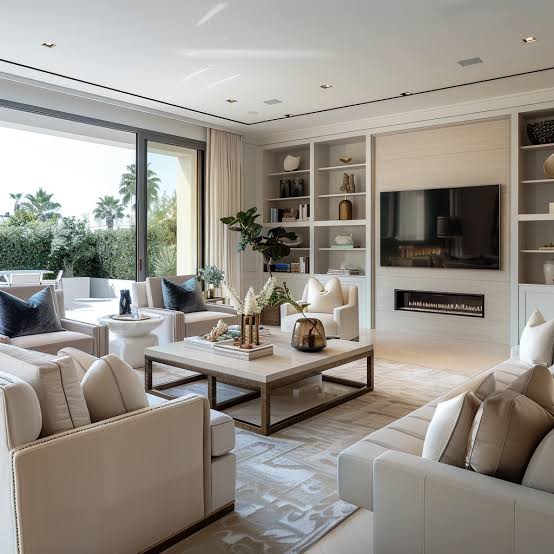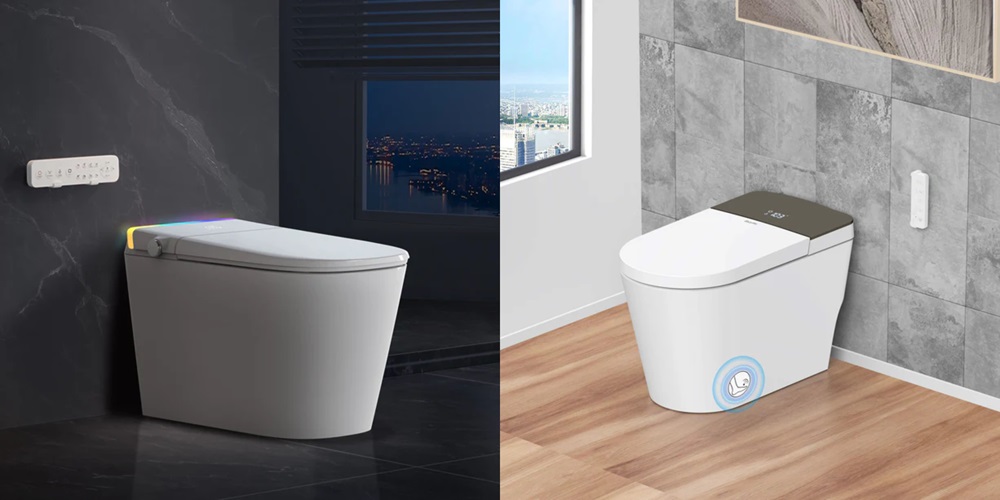People’s idea of home goes beyond just a place to stay safe in today’s busy world; it’s a place where people can find peace and relaxation. Using interior design in our homes is a key part of living a positive and healthy life. Beyond just looking nice, interior design affects our mood, behaviour, and general health, which makes it an important part of modern life.
The Role Of Interior Design In Modern Living
Interior design is more than just choosing colours and furniture; it encompasses the art and science of enhancing interior spaces to achieve a healthier and more aesthetically pleasing environment. At its core, interior design aims to create spaces that not only look appealing but also function optimally to support the activities and emotions of its occupants.
Creating A Sanctuary: The Psychological Impact
People’s living places have a big effect on how they think and feel. A well-designed home can help you relax, feel less stressed, and get more done. Adding natural elements like trees or natural light can help people feel calm and connected to the outdoors, which is important for their mental health when they live in cities.
Designing For Well-Being: Balancing Form And Function
Achieving a balanced life starts with a balanced home environment. Designing spaces that seamlessly blend form and function is key to promoting harmony. Layout, storage options, and ergonomic furniture are all functional factors that make sure the area not only looks good but also does its job well.
Holistic Approach To Design: Integrating Mind, Body, And Spirit
Modern interior design takes a whole-person method that looks at the people who live there and their physical, emotional, and spiritual needs. Creating spaces that support physical health, such as ergonomic workstations or well-ventilated areas, contributes to overall well-being. Meanwhile, incorporating personal touches and meaningful decor items fosters emotional connections and a sense of belonging within the space.
Trends In Harmonious Living Spaces
The evolution of interior design trends reflects society’s growing awareness of the connection between environment and well-being. Trends such as biophilic design, which integrates natural elements into indoor spaces, or minimalist design, which promotes simplicity and clutter-free environments, highlight the importance of creating spaces that promote tranquillity and balance.
Practical Tips For Integrating Design Principles
Natural Light And Ventilation: Maximize natural light and ensure adequate ventilation to improve air quality and create a sense of openness.
Declutter And Simplify: Adopt minimalist principles to reduce clutter and create a calm, organised environment that promotes mental clarity.
Personalization: Incorporate personal elements such as artwork, photographs, or heirlooms to create a space that reflects your personality and values.
Colour Psychology: Utilize colours strategically to evoke desired emotions; for example, blues and greens can promote relaxation, while yellows and oranges can energise and uplift.
Flexible Spaces: Design multifunctional areas that adapt to different activities, enhancing the versatility and efficiency of your home.
Conclusion
In conclusion, the integration of interior design principles into our homes goes beyond mere aesthetics; it is a transformative process that enhances our quality of life. Interior design is a very important part of living a balanced and harmonious life because it helps people create spaces that are good for their physical health, mental health, and personal fulfilment. Whether through mindful space planning, thoughtful material selection, or intentional decor choices, the impact of well-designed interiors resonates deeply within us, enriching our daily experiences and nurturing our sense of home.






